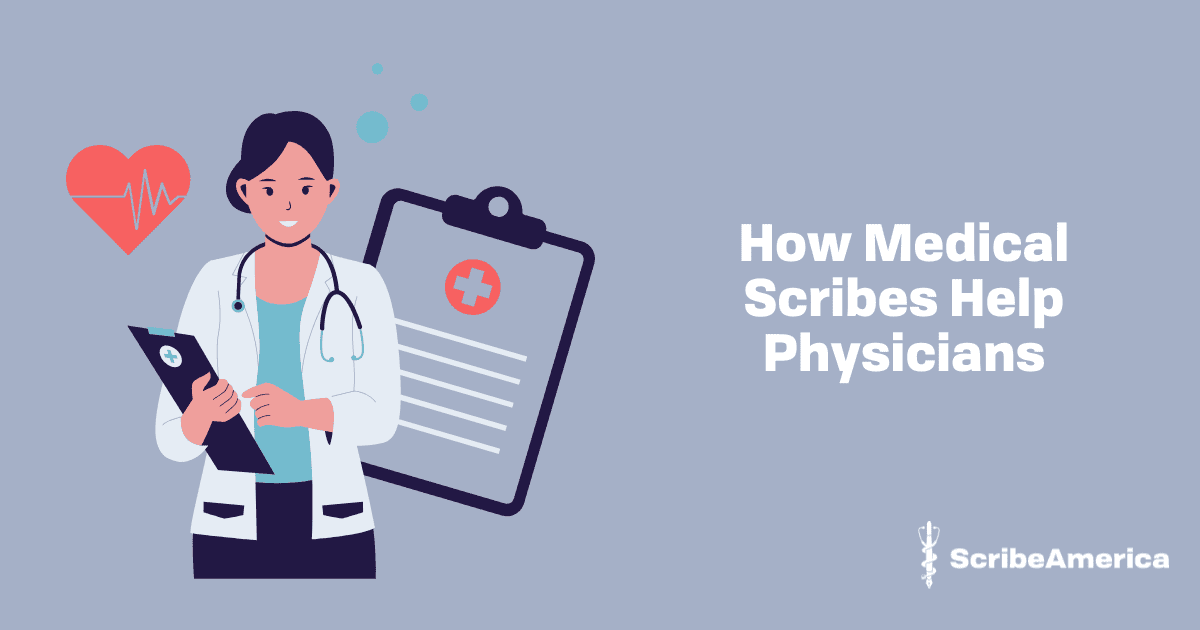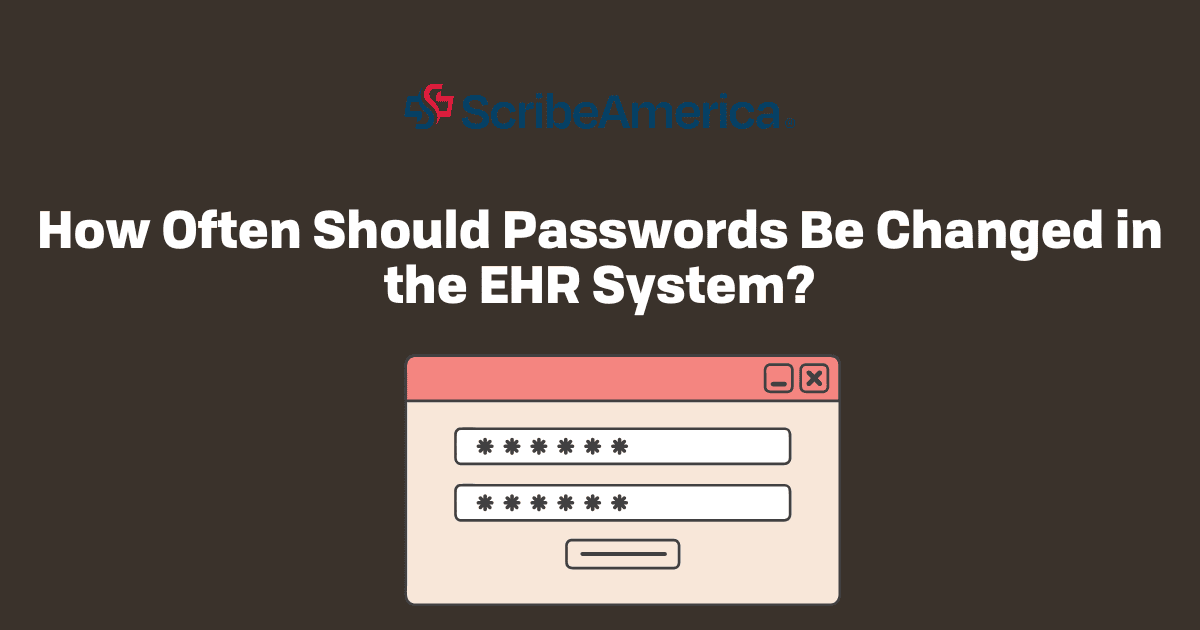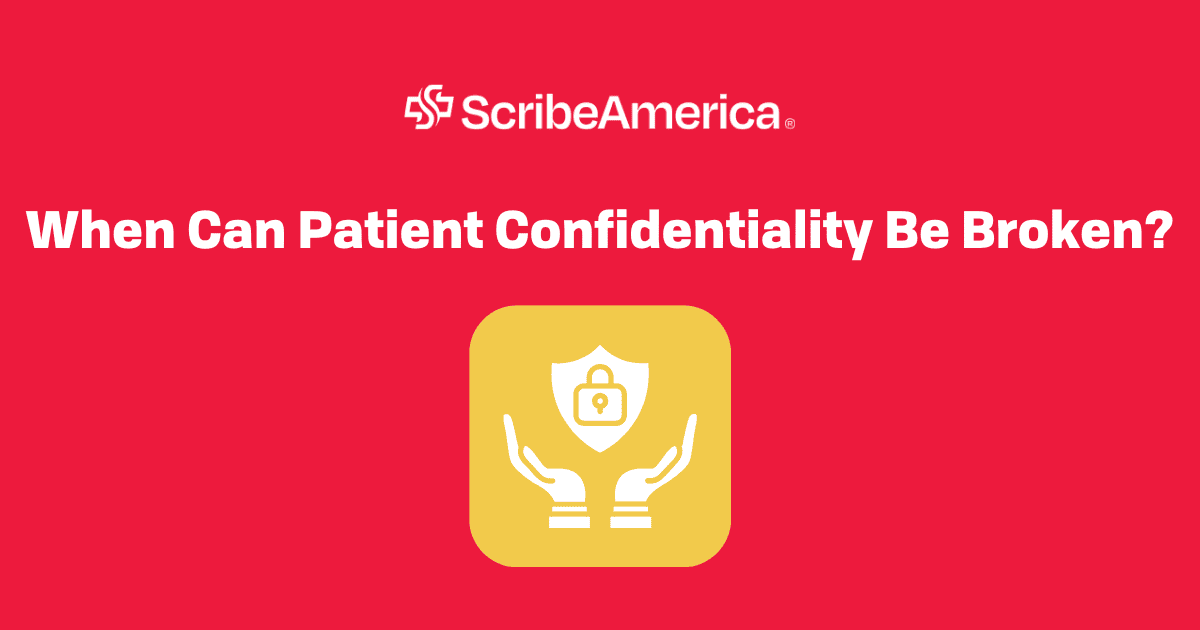Key Points:
- Medical scribes improve patient care – By handling documentation, scribes allow physicians to focus entirely on their patients.
- Scribes reduce physician workload – They streamline the documentation process, cut down on after-hours charting, and minimize errors.
- Scribes are essential in busy settings – In high-volume environments, scribes boost efficiency and help maintain quality care.
The truth is most physicians didn’t go into medicine to spend hours typing into a computer. But today, documentation often takes up more time than face-to-face patient care. That’s where medical scribes come in – and their impact is bigger than many people realize. So, how do medical scribes help physicians in real-world clinical settings? Keep reading to learn more!
The day-to-day impact of scribes
A medical scribe joins a doctor during patient visits, either in person or virtually, and records everything in the patient’s chart as the visit unfolds. This includes history, symptoms, physical exam findings, and treatment plans. As a result, doctors can speak freely and focus on the patient without pausing to type.
This shift has a ripple effect. By handling documentation in real time, scribes help eliminate the need for doctors to complete notes late at night or between appointments. That reclaimed time can go toward seeing more patients, reviewing labs, or simply ending the day on time. So when it comes to answering the question: “How does a medical scribe help physicians?”, it starts with freeing up hours that were otherwise spent catching up on charts.
Scribes do more than it seems
Medical scribes do more than take notes. They follow the doctor’s clinical reasoning closely, entering structured and detailed documentation that meets healthcare regulations. In many cases, this leads to more accurate and complete charts, which is essential for both patient care and proper reimbursement.
This accuracy matters. A well-documented chart tells a clear story – one that can be followed by any provider picking up the case later. It also protects doctors from the risk of incomplete or unclear notes that could create problems down the line. When you ask how medical scribes help physicians, clarity and consistency are often at the top of the list.
Some scribes also assist with entering orders, tracking labs, or pulling up medical history, all under the physician’s direction. While they don’t make clinical decisions, their support cuts down on administrative distractions and helps keep the visit moving smoothly.

The mental shift scribes make possible
Another often overlooked benefit is how scribes affect the mental side of a doctor’s job. With a scribe present, many physicians report being more present and focused during patient interactions. They listen more closely, ask better questions, and make decisions more confidently, because they’re not splitting their attention between a keyboard and the patient.
Unfortunately, burnout is a major issue in healthcare, and documentation may be one of key drivers. Removing that constant burden can make a real difference in how doctors feel about their work. So when you ask yourself: “How does a medical scribe help physicians?”, you’re also asking how they help doctors stay connected to the parts of medicine that matter most.
The big picture
In busy clinical environments (like emergency departments, urgent care centers, or high-volume outpatient clinics) the value of scribes becomes even more obvious. The faster pace means more notes, more patients, and less time between visits. In these settings, scribes are essential for keeping up.
Still, the support scribes provide isn’t just about speed. It’s about quality, clarity, and letting doctors be doctors. That’s the real answer to how medical scribes help physicians.
Learn more about the role of ER medical scribes from our blog.
The takeaway
So, how does a medical scribe help physicians? In short, by handling documentation in real time, improving note accuracy, and giving doctors the ability to focus on patient care without distraction. They reduce stress and help the entire clinical workflow run more smoothly.
If you’re considering becoming a medical scribe, visit our website and see current opportunities.




